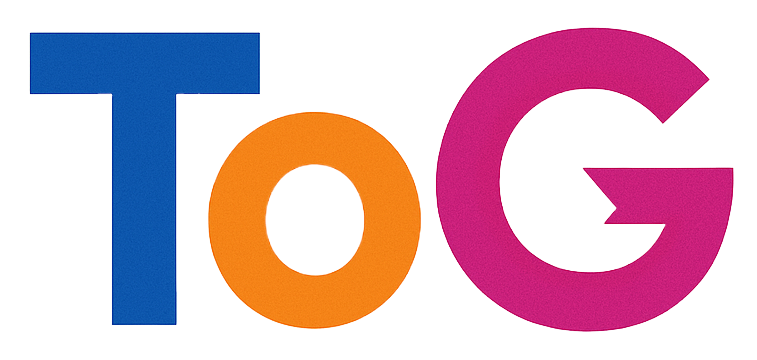Transitioning from Shopify to WordPress: Preserving Your Backlink Value
Making the switch from Shopify to WordPress can be an exciting yet daunting task, especially when it comes to maintaining the integrity of your site’s SEO. A particularly pressing concern for many is how to handle existing backlinks. If you’ve been utilizing Shopify, you may have backlinks pointing to your product categories, which were previously labeled as collections. Here’s how to effectively manage these links to retain their value during your migration.
Understanding the Importance of Backlinks
Backlinks are critical for your website’s SEO performance, as they signal to search engines that your content is valuable and trustworthy. Losing these valuable links during your transition could significantly impact your site’s search engine ranking.
Should You Keep the ‘/collections/’ Structure?
When moving your content to WordPress, it’s essential to consider whether to maintain the “/collections/” structure in your new category URLs. While it might seem beneficial to keep this format, it’s not strictly necessary. WordPress allows for flexible URL structures, so you can create a more user-friendly and SEO-optimized structure without the “/collections/” prefix.
Strategies to Preserve Your Backlink Authority
-
301 Redirects: One of the most effective ways to preserve your backlinks is to implement 301 redirects. This method tells search engines and users that the content they are seeking has moved to a new location. By setting up 301 redirects from your old Shopify URLs (e.g., /collections/category-name) to your new WordPress category URLs (e.g., /category-name), you can transfer much of the original link equity to your new site.
-
Update External Links: If you have control over any incoming links (for example, links from partners or affiliates), consider reaching out to them to update their links to point directly to your new URLs. This can help ensure that you retain the backlinks while also making it easier for visitors to find your products.
-
Monitor Your Backlinks: Use tools like Google Search Console or Ahrefs to keep an eye on your backlinks during and after the migration. This can help you identify any lost links early on, allowing you to take corrective measures swiftly.
-
Create a Custom 404 Page: Should any backlinks still lead to broken pages after your migration, having a well-designed custom 404 page can help guide users to your available products and keep them engaged, rather than losing them entirely.
Conclusion
Migr

